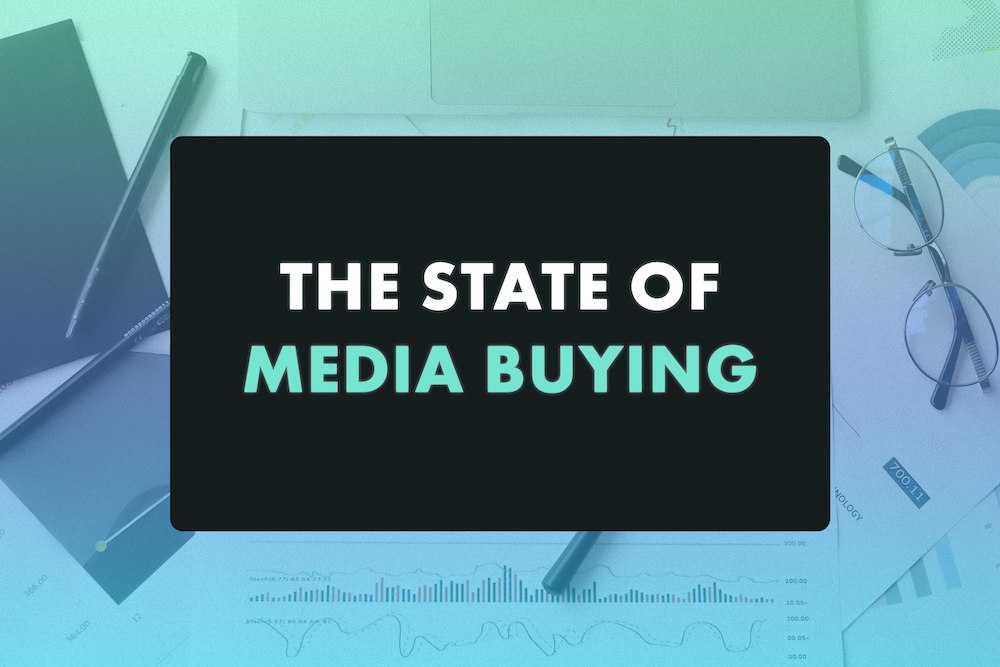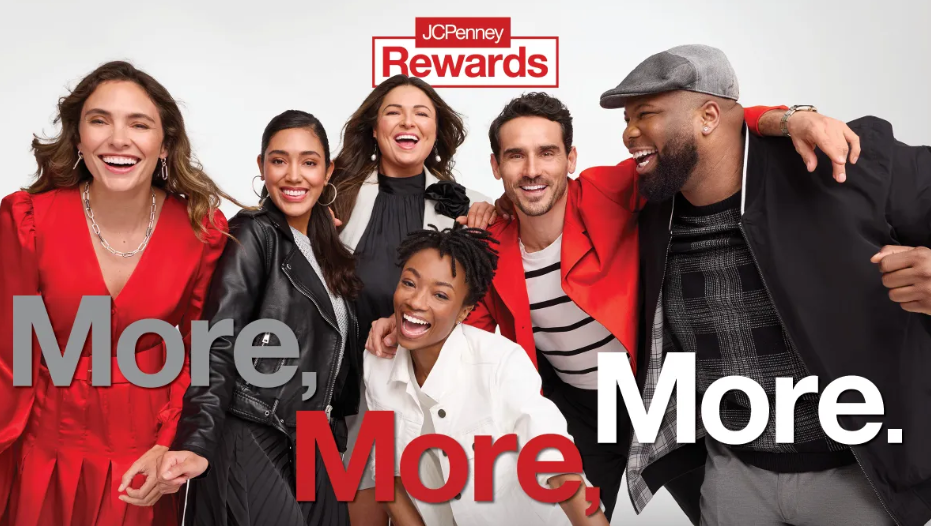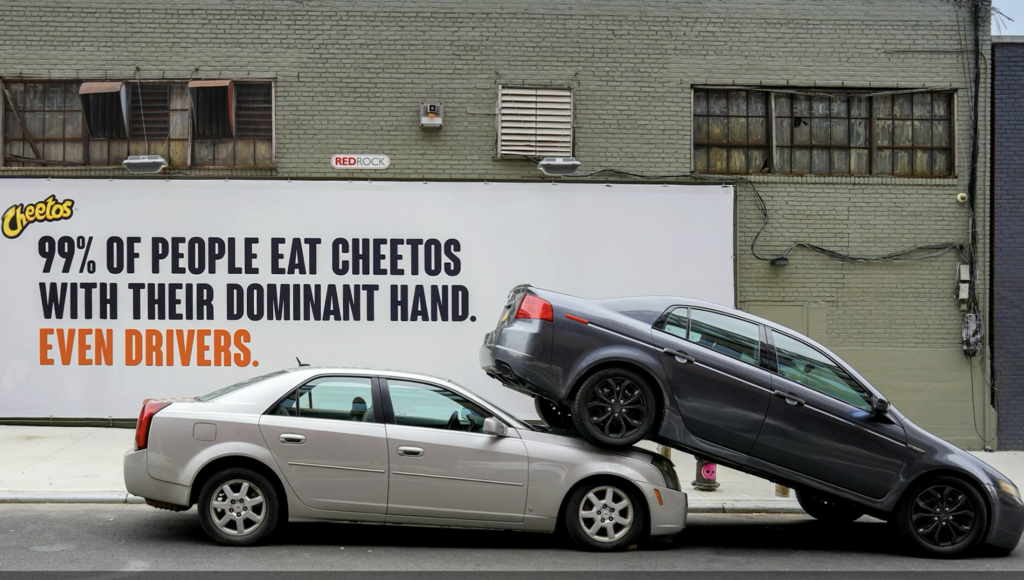Even as the pandemic has hurt different corners of the economy, digital advertising revenues have continued to grow over the last year illustrating the opportunities that continue in the category.
Digital ad revenues increased by 12.2% in 2020, as compared to 2019, per a new report from IAB and PwC, figures that support the ongoing narrative from brands that as the world shut down, many companies shifted their spend to digital channels. While revenues dropped 5.2% in Q2 2020, they quickly recovered and were up 11.7% in Q3 and a whopping 28.7% in Q4 –the highest revenue quarter on record for digital advertising in more than 20 years.
“The pandemic has accelerated digital adoption in ways that will be lasting,” said Matthew Coleman, Marketing Director at State Farm. “As a result, the evolving media consumption landscape – and how consumers engage with brands – will require us to be agile and innovate as a matter of course.”
In 2020, social media advertising revenues reached $41.5 billion in 2020, up 16.3% over 2019, representing 30% of all internet advertising revenue. Digital video grew 20.6%, generating $26.2 billion in 2020. Programmatic advertising revenues increased by $14.2 billion, up 24.9% increase. Brand Innovators is exploring the current state of the market and where things are headed in our Brand Innovators 2021 Media Buying Summit April 28-30, which will include brand marketers, publishers and agencies sharing how these see the landscape shifting over the next year.
“In addition to an increase in ad buyer optimism as the US economy reopens, we have consumer behaviors spurred on by pandemic at-home lifestyle that are still very much in play and expected to relax but stick,” said Sue Hogan, SVP at iab. “There is always a lag between where we see consumers spending time (e.g., on a particular device, or platforms, or channels) and the ad spend. Dollars follow eyes and ears. The first quarter of this year, which I’ve heard some call Q5 of 2020, we are still seeing heightened use of media vs pre-Covid days, but not as extreme as we saw in 2020. So today, the dollars and consumer engagement are heaviest around video of all types—particularly digital.”
One of the challenges for digital advertising that marketers face in recent years is the adoption of ad blockers. Richard Oppy, Vice President of Global Brands at Anheuser Busch InBev, said this is requiring brands to “entertain rather than just disrupt, and provide relevant content that people want to see is key.”
“Brands have been trying to nail the content game for a long time. But to do it well, you really need to understand the role of each digital channel – from its reach and engagement – to creating content that is native to that platform,” said Oppy. “Cutting down hero films for different channels just doesn’t work.”
“At AB InBev, we are starting to act more like a publisher with a DTC mindset, producing content that taps into people’s passion points, testing and learning with different audiences and then fueling the content we see working with media investment,” he continued. “Our point of view is that there is no media decision that is not a content decision, and vice versa. We are optimizing our ways of working to bring media and content even closer together and it’s an area we will continue to double down on in the months ahead.”
While advertisers are doubling down on content and storytelling, publishers are looking at the infrastructure of the ecosystem and trying to make the consumer experience smooth and compelling.
“Yahoo has a unique place in the media landscape and continues to evolve,” said Alex Wallace, Head of Media & Content at Verizon Media. “We’ve re-imagined the experience of what bringing people together to connect and create community around their passions really means. In the process we laid the foundation for mobile-forward, next generation content that not only provides consumers with stories that matter to them, but also immerses them in the content they consume. The ability for a consumer to seamlessly interact and then transact with content harnesses an incredible opportunity and creates even more value for the consumer and brand. The brands that succeed in leveraging these opportunities, will drive the future.”
As media continues to evolve, creatives will look for new ways to engage with consumers.
“It’s an amazing time for media because disruption is creating new opportunities, yet the essential challenge for marketers remains the same – creating meaningful connections with their consumers,” said Josh Palau, Chief Media & Activation Officer at PHD. “I’m excited to share my thoughts and hear how others are managing in this new world.”




